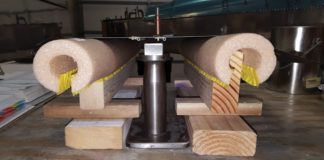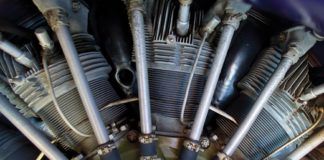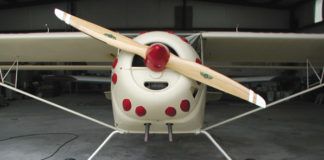I learned to fly in an old J-3 Cub when I was a teenager. Flying from the back seat, I could just barely peek over my instructor’s shoulders to see the time-worn airspeed indicator and the wobbly altimeter. Engine instruments were mostly out of sight, but as long as the prop kept going around and the noises didn’t start getting ugly, I guessed we were OK. There was generally no radio—except on the weekends, when the part-time tower at our field was open, and then we carried this briefcase-sized package of a portable radio and battery that some mechanic had assembled. There were no headsets, of course, and the microphone was handheld, but we pretended to hear, and the tower pretended we were doing what they wanted, so it was OK.
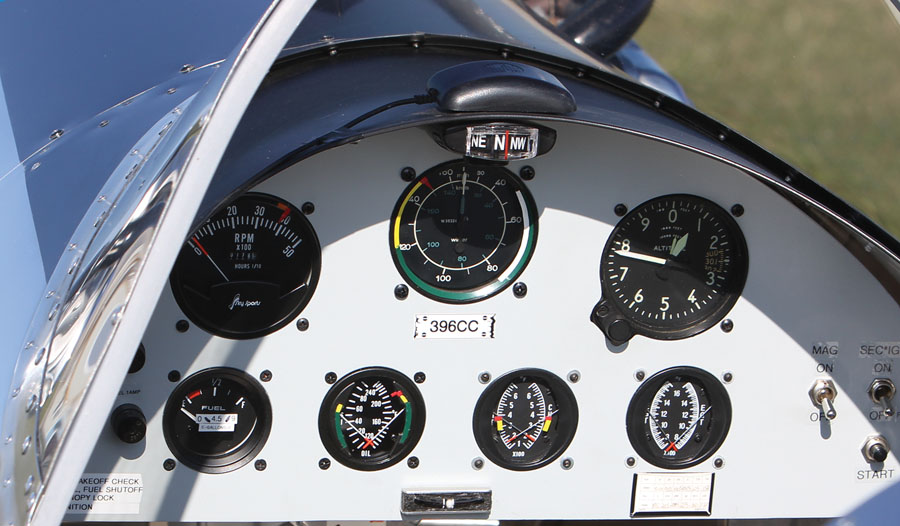
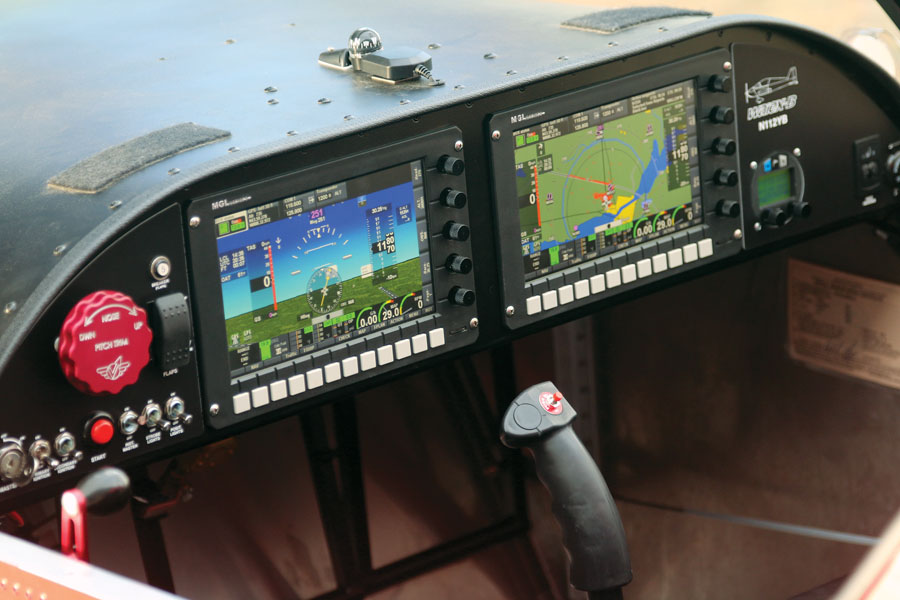
Contrast those good old days with our modern airplanes, glass panels all around, and GPS navigators in spades (I recently counted six GPS receivers in one of my planes, counting those in my phone and iPad). Moving maps are everywhere, we get weather through ground sites (ADS-B) and satellites, and just about everything I want to know about my flight can be had at the touch of a button. What’s the highest point on the route ahead? Look at the profile navigation display. How much fuel will I have at my next waypoint (and the ones after that)? Check the real-time flight log. Where’s the cheapest fuel within range? Check the iPad and compare the results from the three different mapping/navigation/information apps I have.
Yes, high tech has made flying easier, safer, and more reliable. But has it made it more fun? Does it satisfy? That is a question that each builder and pilot has to ask for himself or herself—and it depends a lot on what they are doing with a particular airplane on a particular day.
From a purely practical standpoint, if you’re going to install any flight instruments beyond a simple airspeed indicator and altimeter (attitude and heading indicators for example), it is now cheaper and more reliable to go electronic than it is to use a mechanical device—at least one with enough reliability that you won’t have to spend more money when the first (or second) one lets you down. Electronic sensors are so much cheaper and reliable that it is pretty much a no-brainer to install electric. If your airplane and mission are simple, however, and all you need is airspeed and a way to judge height, then why complicate things with an electrical system? Go mechanical, look out the window, and enjoy the view.
When it comes to engine monitoring, the same thing is true. A mechanical oil temperature and pressure gauge, and a tach are simple devices, although they do introduce the plumbing of oil back to the cabin. That can be messy and lead to leaks. Electronic engine instruments put sensors forward of the firewall and run nothing but wires back to the cockpit; that can be cleaner and therefore much more satisfying when it comes to maintenance. And frankly, part of the choice for engine instruments comes down to how much you spent for your powerplant. If it’s a brand new Lycoming or Rotax, you probably want to spend enough to really monitor your investment. If you slapped a mid-time (or older) C-65 onto a Cub-like flivver, then maybe you’re less concerned about seeing every temperature excursion or pressure spike, and a couple of simple gauges will suffice. Hey, they were good enough to train the Greatest Generation!
If you are going to do more than simply venture aloft for the pure fun of it, and you are going to set off on long cross-country trips at high speed or into bad weather, the high-tech cockpit can be more than satisfying. Simply adding weather information to the cockpit notches down the worry of what’s ahead to the point that flying becomes more relaxing and therefore more fun. Lowering the stress level is always good. It’s a sad truth that this will come at an added layer of expense, of course, so at some point, the concern over money might outweigh the concern over added cross-country information.
I enjoy flying by looking outside. I also enjoy the demanding procedural kind of flying necessary to travel in a wide range of weather conditions. They represent two different extremes of flight instrumentation, and while you need next to nothing to do the first, you need a lot more to do the second. Fortunately, there is nothing that says you have to use the technology on every flight—and if you are building a simple machine to simply enjoy being aloft, you can choose to go light and simple. What you want to avoid is spending a lot of money on equipment that you will never need—or finding yourself in a situation where you really wish you had more than you brought along.
Either way, it’s not the technology that is satisfying; it’s accomplishing your mission on a particular day that should warm the heart and satisfy the soul. As many have said before—build what you want, not what others think you should build—and derive satisfaction from making the right choice.










